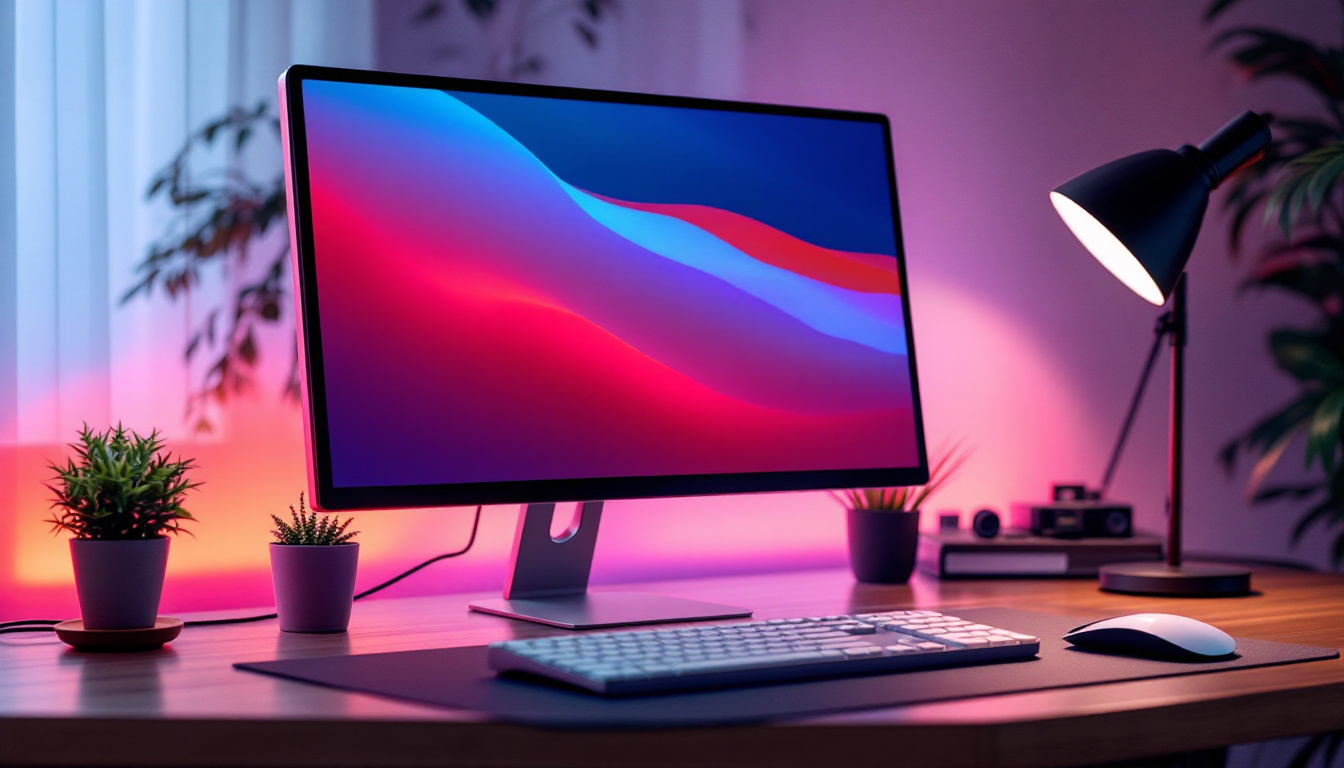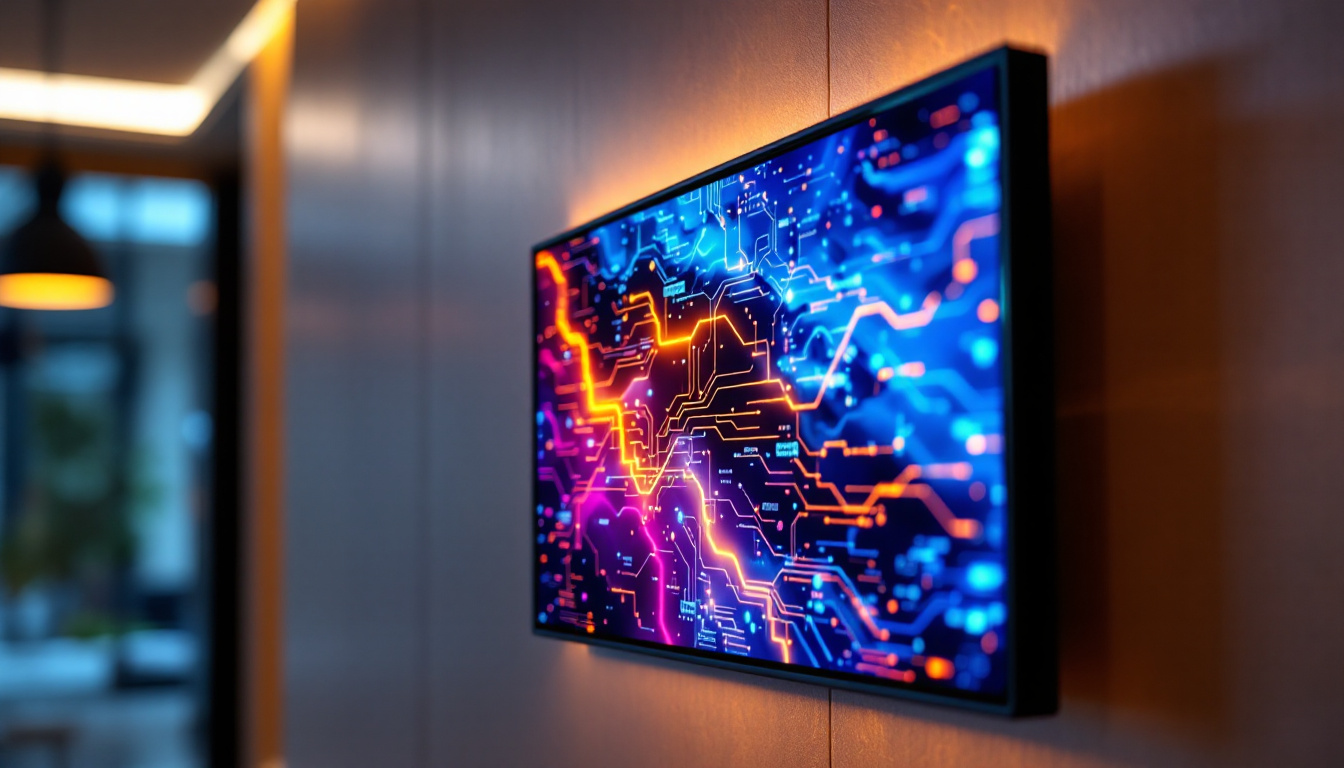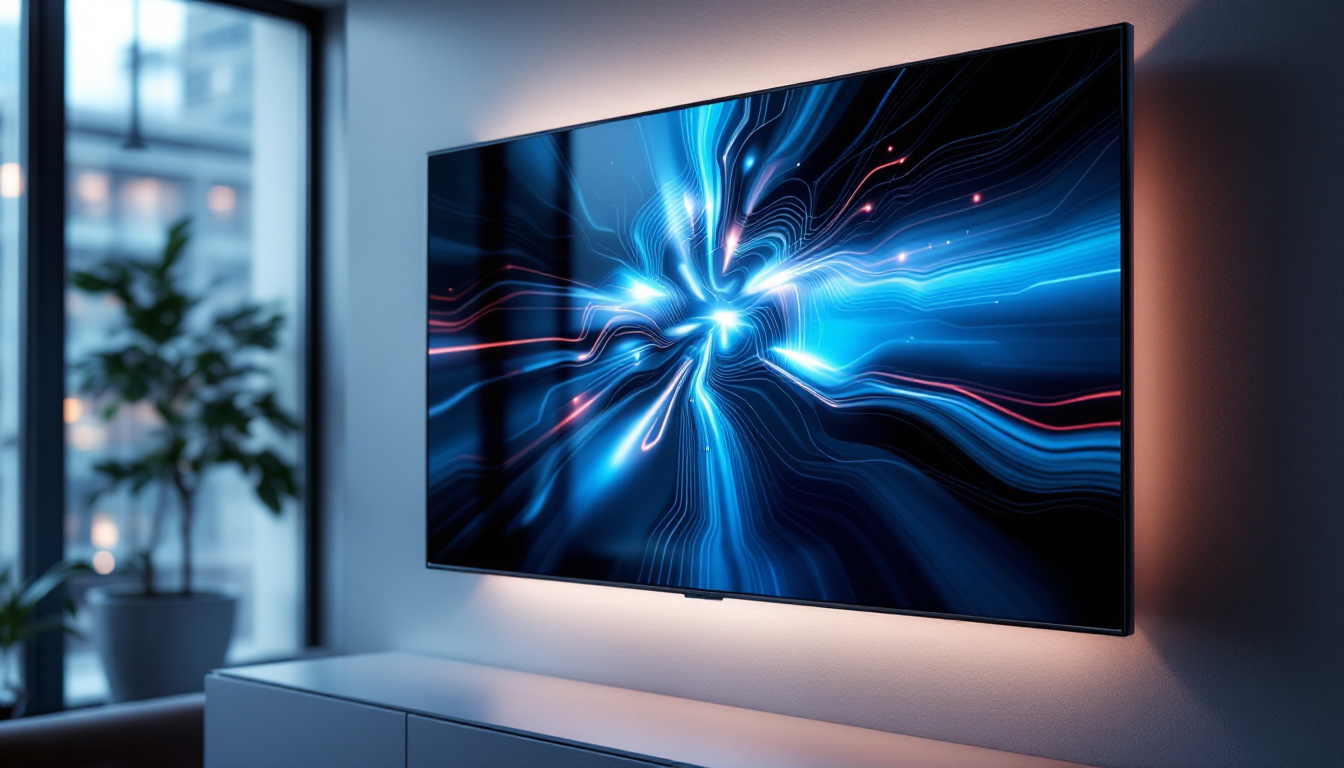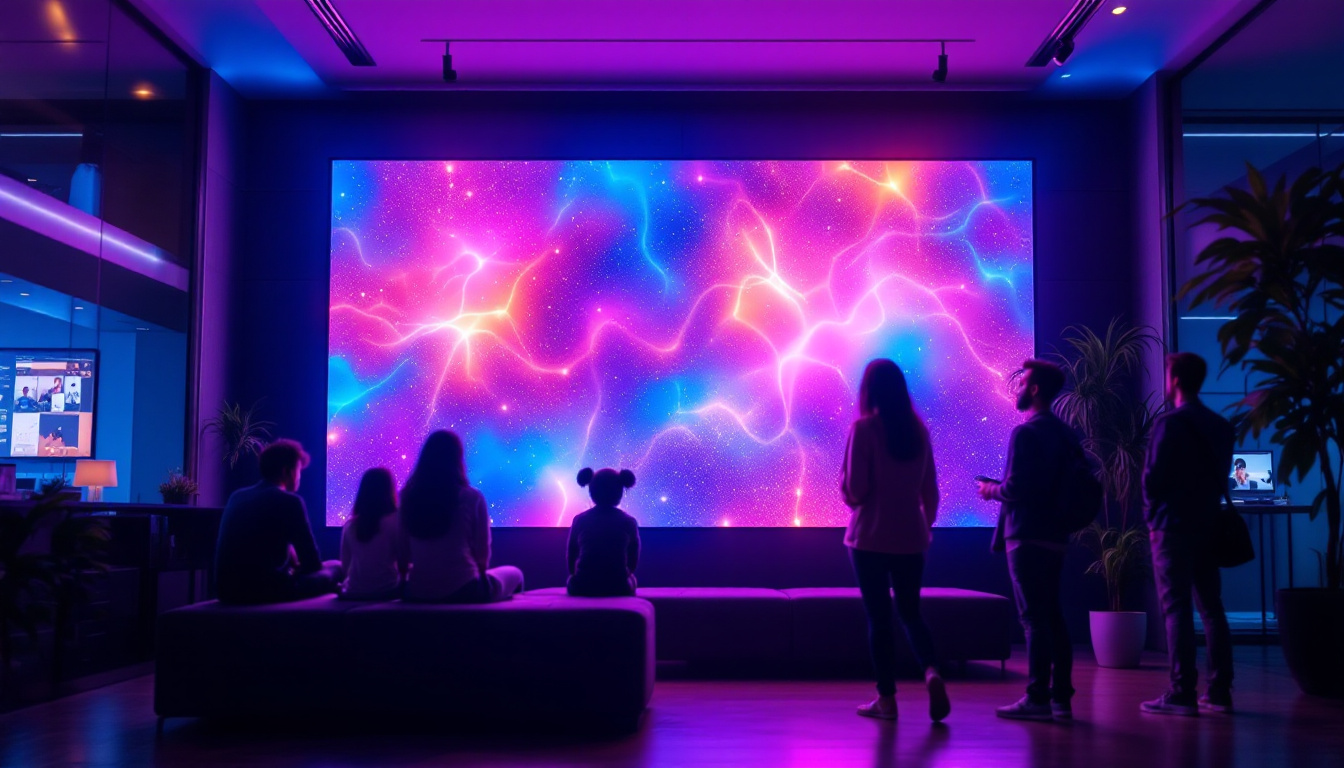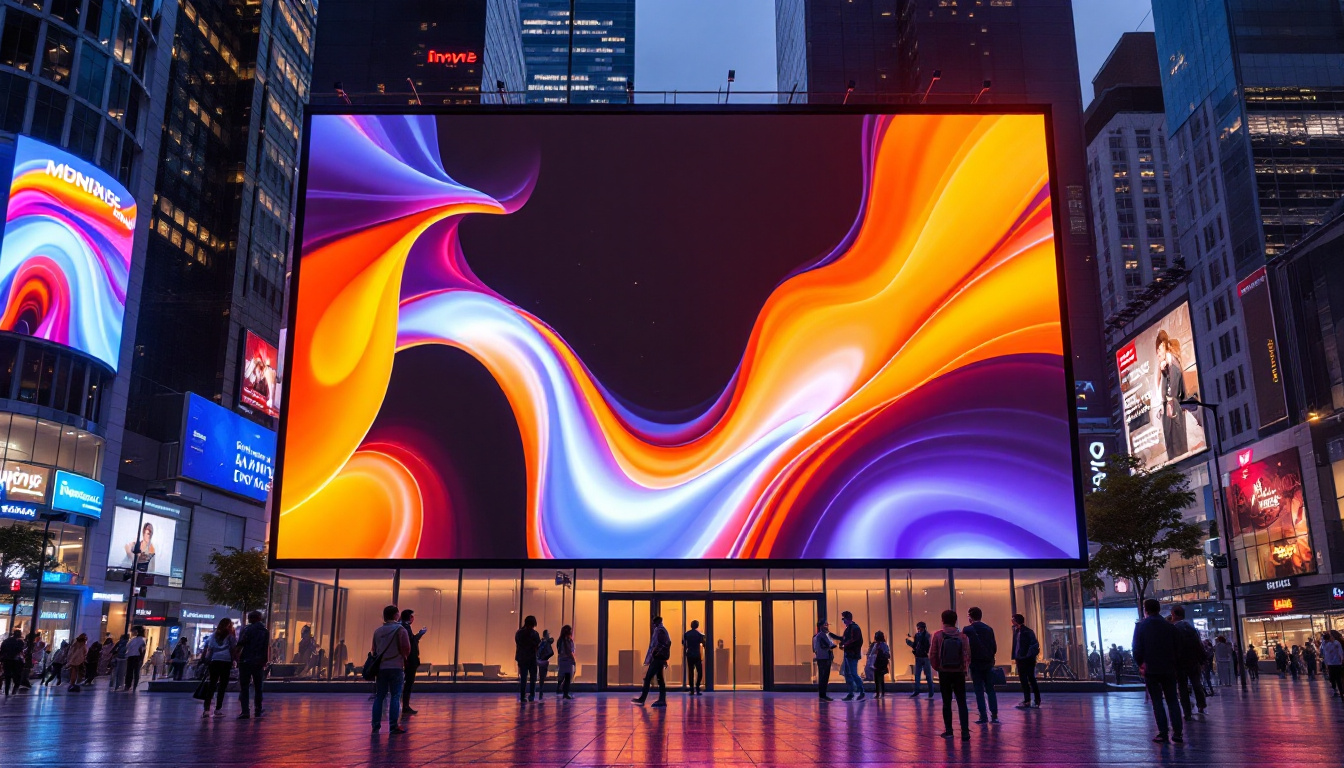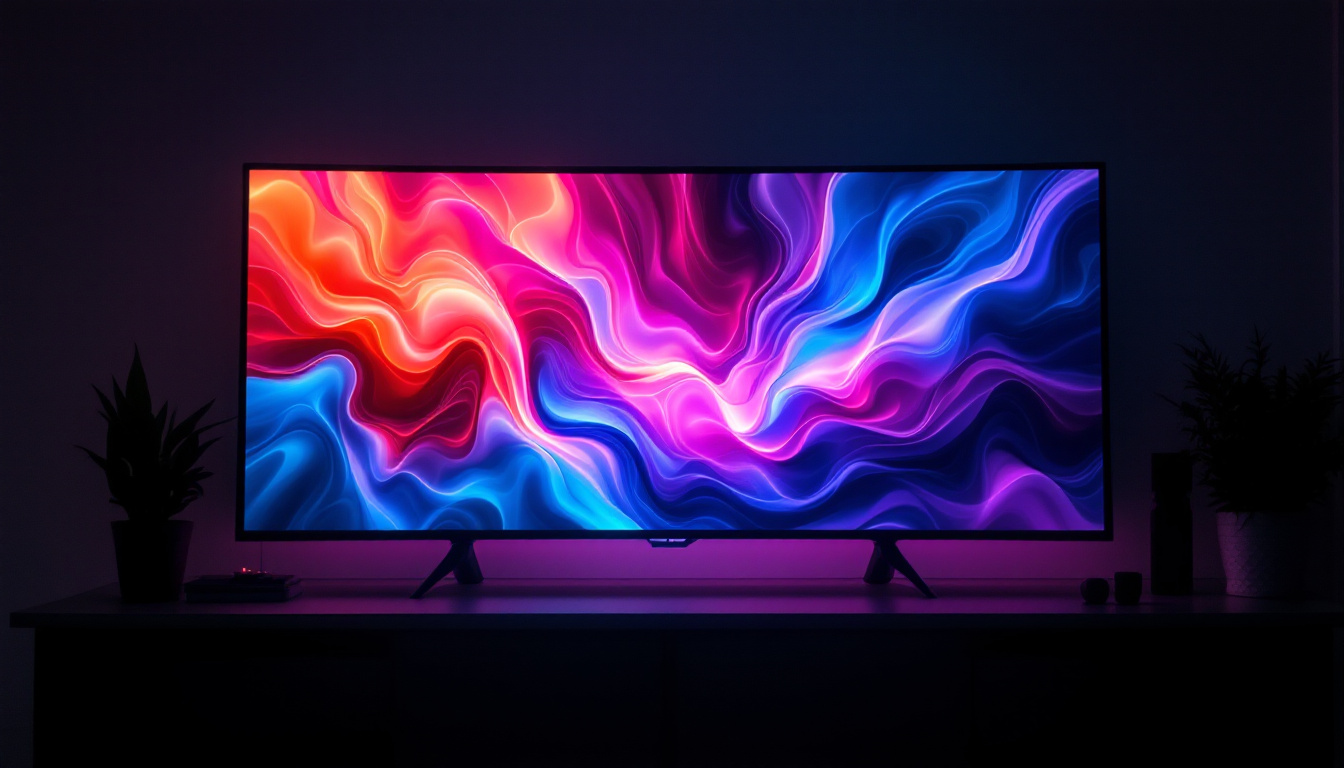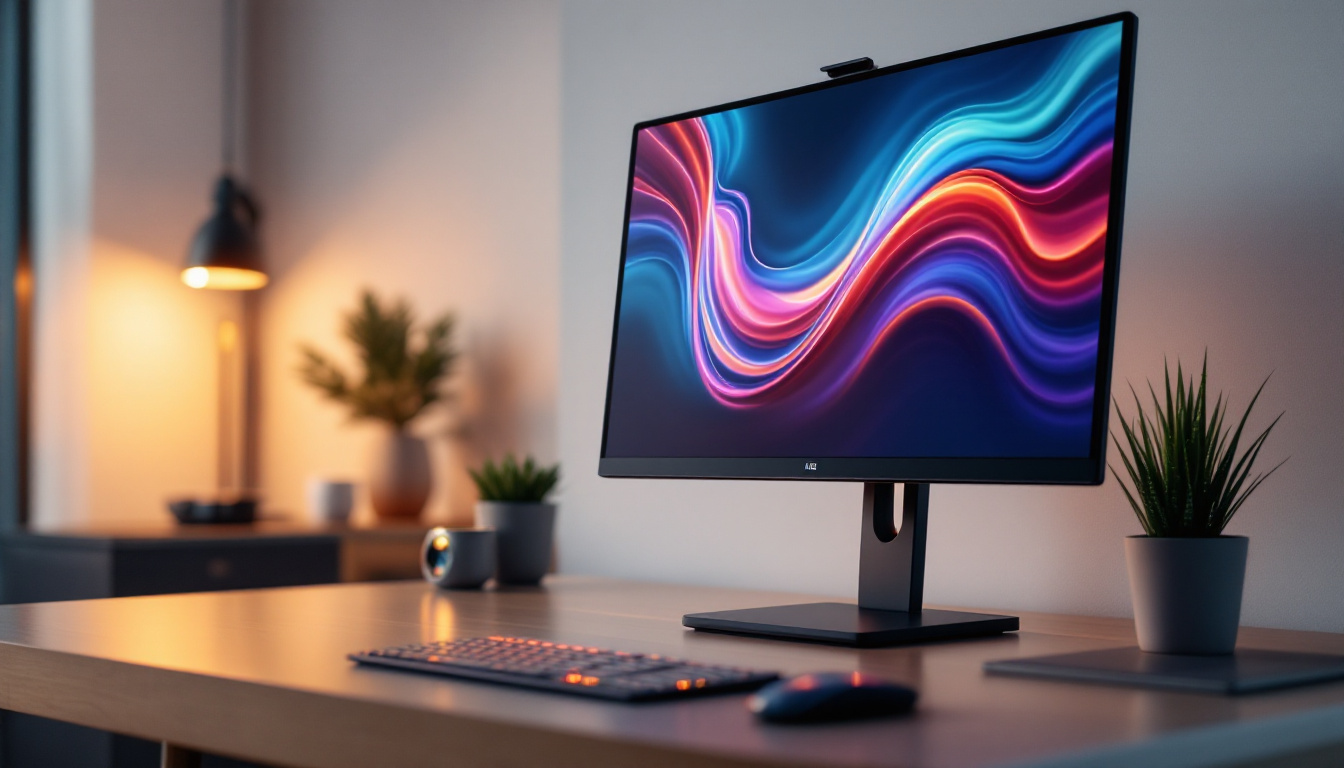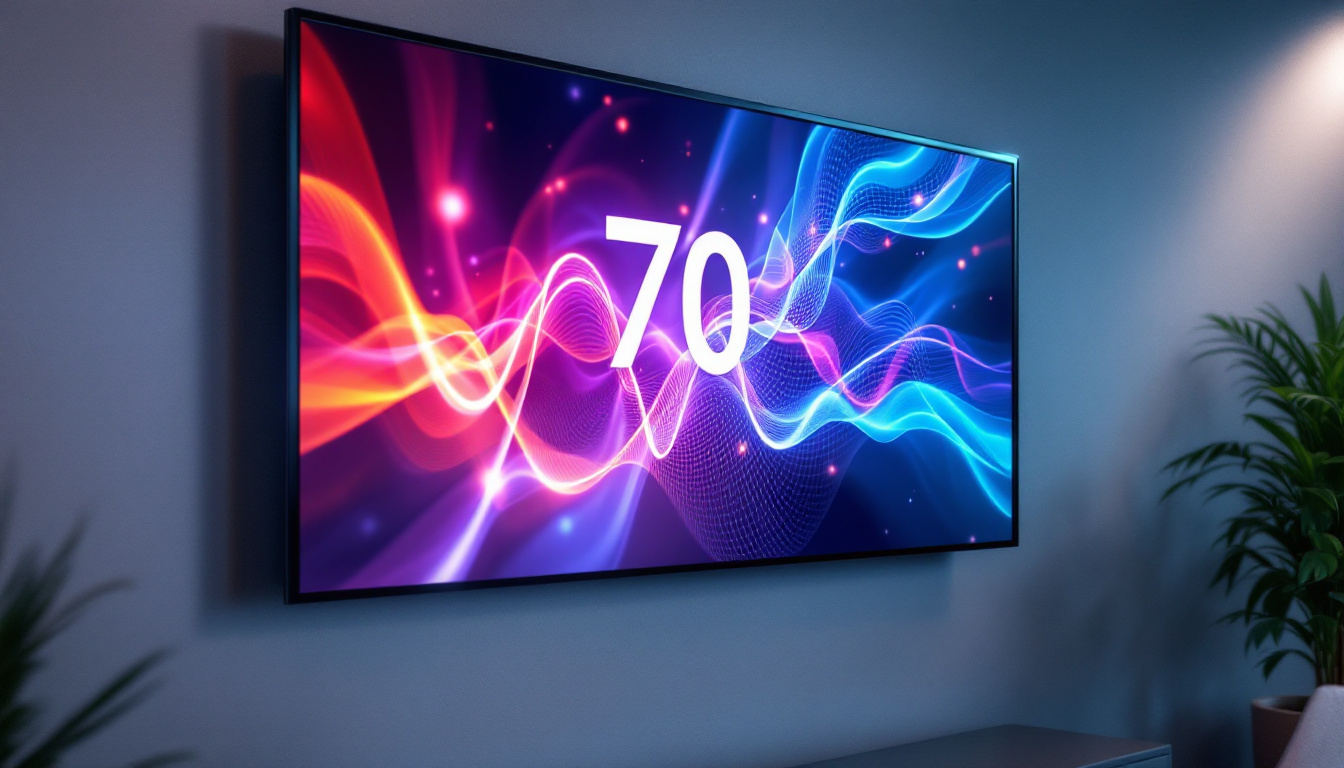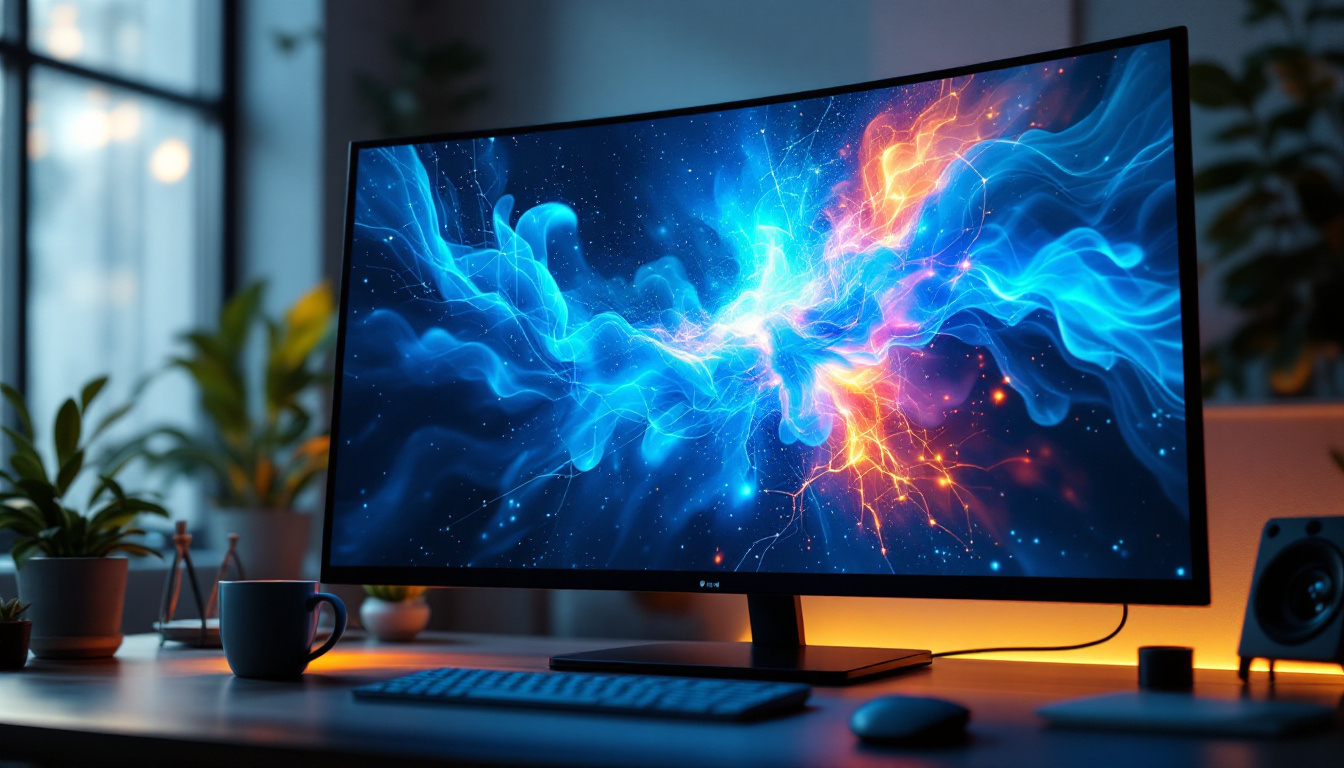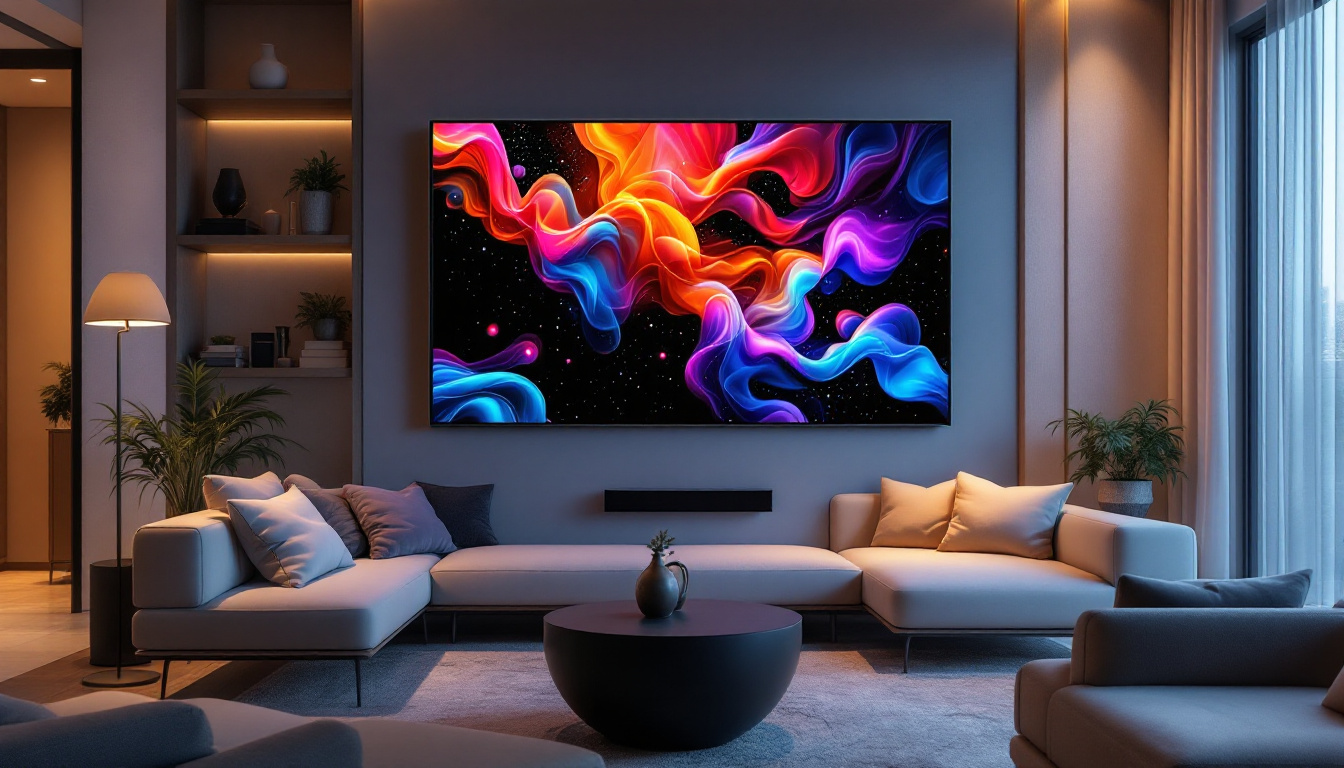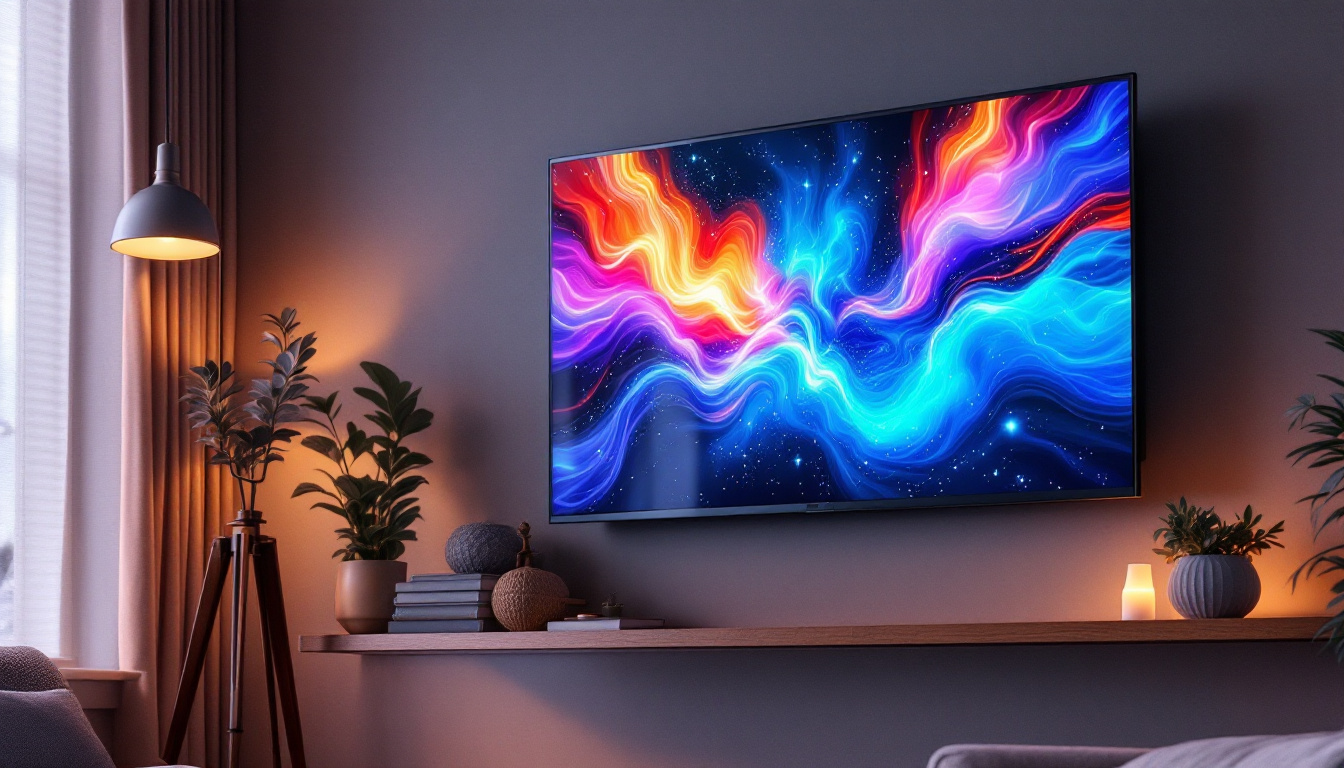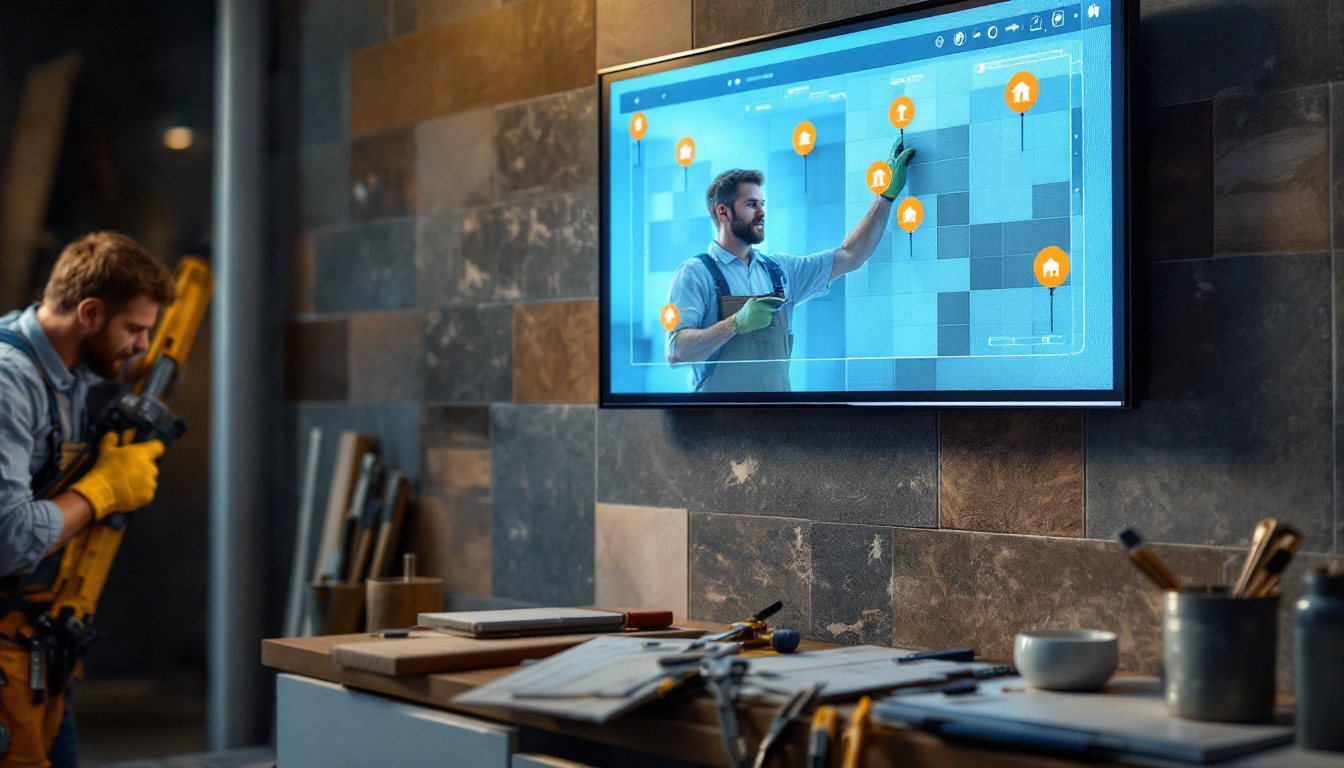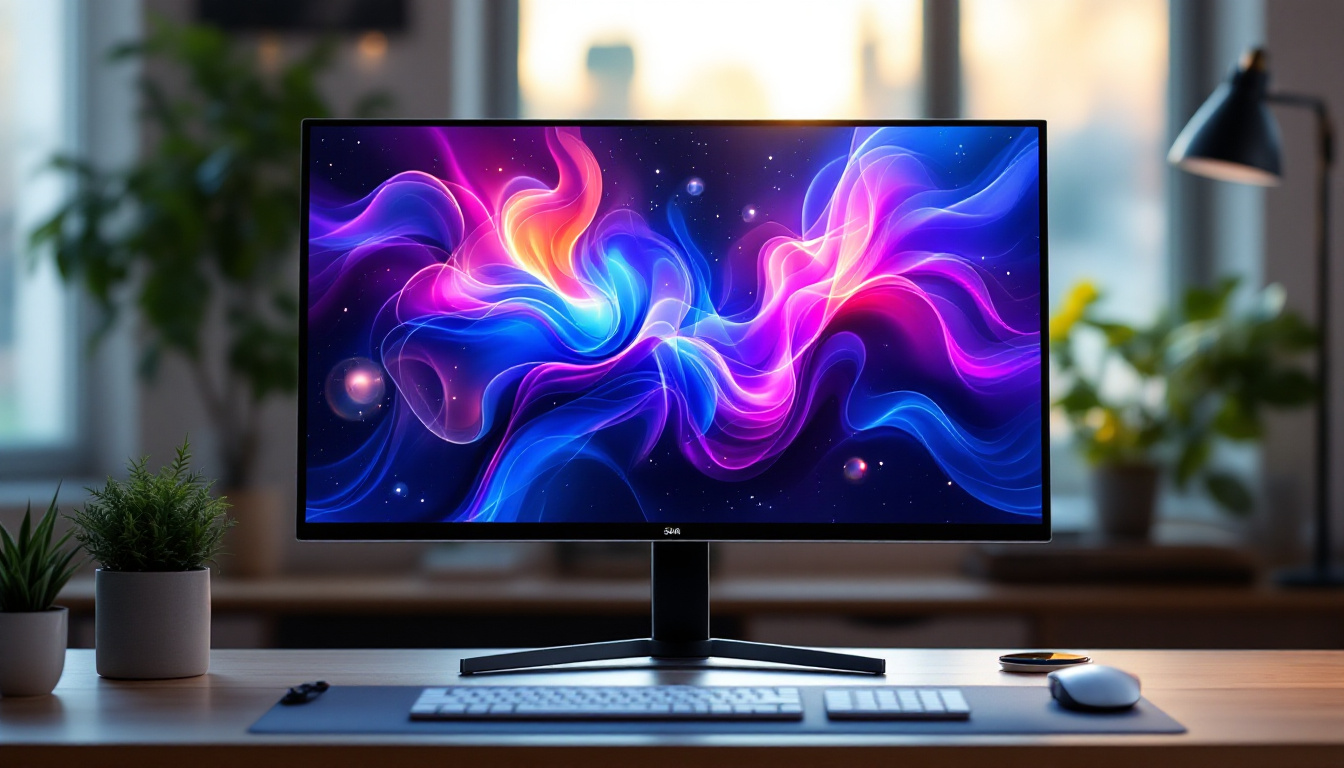In today’s fast-paced digital world, the demand for portable monitors has surged. These compact screens offer flexibility and convenience, making them ideal for professionals on the go, gamers, and anyone who needs an extra display. This article will delve into the intricacies of LED displays, the technology behind portable monitors, and the factors to consider when purchasing one during a sale.
Understanding LED Technology
LED, or Light Emitting Diode, technology has revolutionized the way displays are designed and utilized. Unlike traditional LCD screens that rely on backlighting, LED displays use tiny diodes that emit light, resulting in brighter images and more vibrant colors. This section will explore the key features of LED technology and its advantages over other display types.
How LED Displays Work
At the core of LED technology are the diodes that produce light when an electric current passes through them. These diodes can be arranged in various configurations, such as edge-lit or full-array backlighting, to enhance picture quality. Edge-lit displays use LEDs along the edges of the screen, while full-array backlighting employs a grid of LEDs behind the entire screen, allowing for better contrast and color accuracy.
The ability to control individual pixels also plays a significant role in the performance of LED displays. This feature enables more precise color reproduction and deeper blacks, which are essential for an immersive viewing experience. As a result, LED monitors are often favored for gaming, graphic design, and media consumption. Furthermore, advancements in technology have led to the development of OLED (Organic LED) screens, which take this concept further by allowing each pixel to emit its own light, resulting in even more stunning visuals and improved energy efficiency.
Benefits of LED Displays
LED displays offer several advantages that make them a popular choice for portable monitors. One of the most notable benefits is their energy efficiency. Compared to traditional LCDs, LED monitors consume less power, which is particularly important for portable devices that rely on battery life.
Additionally, LED displays are known for their slim profiles and lightweight designs. This makes them easy to transport, fitting seamlessly into a laptop bag or backpack. The durability of LED technology also ensures that these monitors can withstand the rigors of travel, making them ideal for on-the-go professionals. Moreover, the longevity of LED displays is another compelling factor; they typically have a lifespan of over 50,000 hours, significantly reducing the need for frequent replacements. This not only saves money in the long run but also contributes to a more sustainable approach to technology, as fewer devices end up in landfills.
Another significant advantage of LED technology is its adaptability to various environments. Whether in brightly lit offices or dimly lit home theaters, LED displays can adjust their brightness levels to provide optimal viewing conditions. This versatility makes them suitable for a wide range of applications, from digital signage in retail spaces to high-definition televisions in living rooms. Furthermore, with the rise of smart technology, many LED displays now come equipped with features such as Wi-Fi connectivity and built-in streaming capabilities, allowing users to access their favorite content seamlessly from the comfort of their homes.
Choosing the Right Portable Monitor
When considering a portable monitor, several factors come into play that can impact the overall experience. From screen size and resolution to connectivity options and price, understanding these elements will help in making an informed decision.
Screen Size and Resolution
The screen size of a portable monitor is a critical factor, as it directly influences usability and portability. Common sizes range from 13 to 17 inches, with larger screens providing a more immersive experience. However, larger monitors may sacrifice portability, so it’s essential to find a balance that suits individual needs. For instance, a 15-inch monitor might be the sweet spot for many users, offering a good viewing area without being too cumbersome to carry around. Additionally, considering the aspect ratio can also affect the viewing experience; widescreen formats are often preferred for watching videos or working with multiple windows side by side.
Resolution is another vital consideration. Higher resolutions, such as Full HD (1920×1080) or 4K (3840×2160), deliver sharper images and more detail. For tasks like graphic design or video editing, a higher resolution is often preferable, while casual users may find that a lower resolution suffices. It’s also worth noting that some monitors offer features like HDR (High Dynamic Range), which enhances color accuracy and contrast, making them ideal for creative professionals who require precise color representation.
Connectivity Options
Connectivity is crucial for ensuring compatibility with various devices. Most portable monitors come with USB-C, HDMI, or DisplayPort options. USB-C is particularly popular due to its versatility and ability to transmit both power and data through a single cable. When purchasing a portable monitor, it’s essential to verify that it will connect seamlessly with the devices intended for use. Beyond just the types of ports, considering the availability of additional features like built-in speakers or touchscreen capabilities can also enhance the user experience. Some monitors even come with a built-in battery, allowing for true portability without the need for an external power source, making them perfect for on-the-go professionals.
Moreover, the ease of setup is another aspect to consider. Many portable monitors are designed for plug-and-play functionality, which means they can be quickly connected to laptops or smartphones without the need for complicated software installations. This is particularly beneficial for users who frequently switch between devices or need to set up a workstation in different locations. As remote work becomes increasingly common, having a monitor that can be easily transported and set up can significantly boost productivity, allowing users to create a comfortable and efficient workspace wherever they are.
Portability and Design Features
The design of a portable monitor can significantly affect its usability. Lightweight models with slim profiles are easier to carry, while features like built-in stands or protective cases can enhance convenience. Additionally, some monitors offer touchscreen capabilities, which can be beneficial for certain applications.
Weight and Build Quality
Weight is a fundamental aspect of portability. A monitor that is too heavy can become cumbersome during travel, while a lightweight model is easier to handle and transport. Build quality also matters; a sturdy construction can withstand the bumps and drops that may occur while on the move.
Furthermore, materials used in the monitor’s design can affect its durability. Monitors made from high-quality plastics or aluminum tend to offer better longevity, making them a worthwhile investment for frequent travelers.
Additional Features to Consider
Some portable monitors come equipped with additional features that enhance their functionality. For instance, built-in speakers can eliminate the need for external audio devices, while adjustable brightness settings can improve visibility in various lighting conditions. Furthermore, models with blue light filters can help reduce eye strain during extended use.
Comparing Popular Portable Monitors
With a myriad of options available, comparing popular portable monitors can help narrow down choices. This section will highlight a few well-regarded models, examining their features, benefits, and potential drawbacks.
Model A: The All-Rounder
Model A is known for its balanced performance and versatility. It features a 15.6-inch Full HD display, USB-C connectivity, and a lightweight design, making it suitable for a variety of tasks. Users appreciate its vibrant colors and decent viewing angles, which enhance the overall experience.
However, some users have noted that the built-in speakers could be improved, as they lack depth and volume. Despite this minor drawback, Model A remains a popular choice for those seeking a reliable portable monitor.
Model B: The Gaming Powerhouse
For gamers, Model B stands out with its 144Hz refresh rate and low response time, providing a smooth gaming experience. This monitor also boasts a 15.6-inch Full HD display, ensuring crisp visuals during intense gameplay. The inclusion of HDMI and USB-C ports allows for easy connectivity to gaming consoles and laptops alike.
While Model B excels in gaming performance, its slightly heavier weight may deter some users who prioritize portability. Nevertheless, for dedicated gamers, the trade-off is often worth it.
Where to Find Portable Monitor Sales
Finding the best deals on portable monitors requires some research. Various retailers and online platforms offer sales and discounts, especially during major shopping events. This section will outline effective strategies for locating the best prices.
Online Retailers and Marketplaces
Online retailers such as Amazon, Best Buy, and Newegg frequently run promotions on electronics, including portable monitors. Signing up for newsletters or following these retailers on social media can provide timely updates on upcoming sales and exclusive discounts.
Additionally, marketplaces like eBay can offer competitive prices on both new and refurbished models. However, it’s essential to check seller ratings and return policies to ensure a positive purchasing experience.
Seasonal Sales and Events
Major shopping events, such as Black Friday, Cyber Monday, and back-to-school sales, often feature significant discounts on electronics. Planning purchases around these events can lead to substantial savings. Furthermore, holiday sales can also provide opportunities to find great deals on portable monitors.
Conclusion: Making an Informed Purchase
As the demand for portable monitors continues to grow, understanding the technology behind LED displays and the features that matter most is crucial. By considering factors such as screen size, resolution, connectivity, and portability, consumers can make informed choices that suit their needs.
Whether for work, gaming, or leisure, a portable monitor can enhance productivity and enjoyment. With the right research and timing, finding the perfect portable monitor at a great price is entirely achievable. As sales events approach, staying informed will ensure that the best options are available for those looking to invest in a portable display.
In conclusion, the world of portable monitors is vast and ever-evolving. By leveraging the information provided in this article, individuals can navigate this landscape confidently, ensuring that their next purchase is both practical and beneficial.
Discover LumenMatrix’s Advanced LED Display Solutions
Ready to take your visual experience to the next level? LumenMatrix is at the forefront of LED display innovation, offering a wide range of solutions tailored to meet your needs. Whether you’re looking to enhance your brand’s visibility with an Indoor LED Wall Display, captivate passersby with an Outdoor LED Wall Display, or create a dynamic advertising platform with a Vehicle LED Display, LumenMatrix has you covered. Our mission is to transform your visual communication with digital signage and LED displays that engage and inspire. Don’t miss out on the opportunity to elevate your space with our cutting-edge technology. Check out LumenMatrix LED Display Solutions today and see the difference for yourself!

